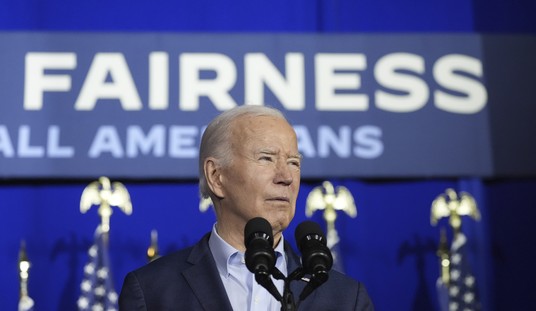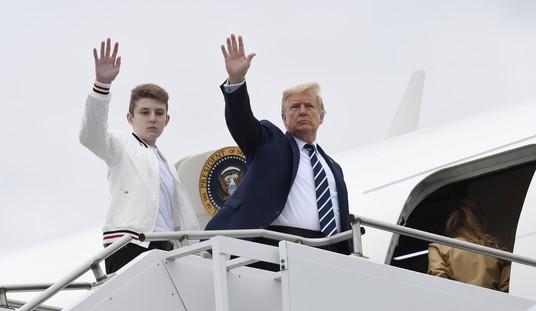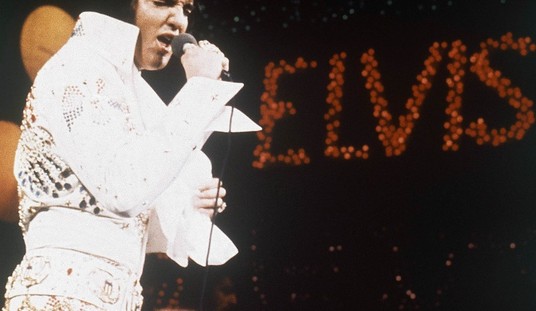The US is drastically shifting its logistic routes to Afghanistan from Pakistan to Central Asia and is negotiating an agreement to withdraw its vehicles over that route. In 2009 ninety percent of US supplies arrived overland from Pakistan. Now 40% “of surface cargo arrives in Afghanistan from the north, along a patchwork of Central Asian rail and road routes that the Pentagon calls the Northern Distribution Network, the report said. The military is pushing to raise the northern network’s share to as much as 75 percent by the end of this year, according to reports in the Washington Post.
In addition, the U.S. government is negotiating expanded agreements with Kazakhstan, Uzbekistan and other countries that would allow for delivery of additional supplies to the Afghan war zone, The Post said. The United States also wants permission to withdraw vehicles and other equipment from Afghanistan as the U.S. military prepares to pull out one-third of its forces by September 2012.
Meanwhile, Carlotta Gall at the New York Times quotes an ex-Pakistani militant who says the “Pakistani military continues to nurture a broad range of militant groups as part of a three-decade strategy of using proxies against its neighbors and American forces in Afghanistan”.
The former commander’s account belies years of assurances by Pakistan to American officials since the Sept. 11, 2001, attacks that it has ceased supporting militant groups in its territory. The United States has given Pakistan more than $20 billion in aid over the past decade for its help with counterterrorism operations. Still, the former commander said, Pakistan’s military and intelligence establishment has not abandoned its policy of supporting the militant groups as tools in Pakistan’s dispute with India over the border territory of Kashmir and in Afghanistan to drive out American and NATO forces.
The Economist painted a gloomy picture of Pakistan’s future earlier this year. After Osama Bin Laden was killed in Abbottabad, the BBC asked whether Pakistan was on the way to becoming a failed state with the world’s fourth largest nuclear arsenal. The answer provided by one Pakistani was that while Islamabad had nukes it would always have money. Scoffing at the US suspension of aid, one government minister said “we are a now nuclear state,” he said. “So no-one can let us go bust. We may have turned down billions of dollars. But many more billions will follow.” The Economist wondered how Pakistan could have turned out so differently from India.
India was founded as a secular democracy. Given its great diversity, it is hard to think how it could have been otherwise. Pakistan was created to be a homeland for India’s Muslims, an idea that was weak on two counts. First, because it implied a threat to Muslims, or Islam, in Hindu- majority India that in retrospect appears bogus. India’s 160m Muslims are free and no worse off than Pakistan’s 180m. Second, the Islamic rationale for Pakistan contained an ambiguity about the role of Islam in the new state, which has given rise to extremism. As Mr Akbar writes, “the germ of theocracy lay in Pakistan’s genes.”









Join the conversation as a VIP Member